Design, Evaluation, and Applications of an
Aerial Survey to Estimate Abundance of
Wintering Waterfowl in Mississippi
Principal Investigators
Dr. Richard M. Kaminski
Mississippi State University Department of Wildlife and Fisheries
Dr. Stephen J. Dinsmore
Mississippi State University Department of Wildlife and Fisheries
Dr. Kenneth J. Reinecke
United States Geological Survey, Patuxent Wildlife Research Center
Graduate Research Assistants
Aaron T. Pearse
Mississippi State University Department of Wildlife and Fisheries
Estimates of abundance are critical to manage and conserve waterfowl and their habitats. Most surveys of wintering waterfowl do not use probability sampling; therefore, development of more rigorous methods is needed. In response, we designed and evaluated an aerial transect survey to estimate abundance of wintering ducks in western Mississippi during winters 2002-2004.
We designed a probability-based survey using stratified random and unequal probability sampling of fixed-width transects. To correct for visibility bias inherent in aerial surveys, we conducted an experiment to model bias and incorporated correction factors into estimation procedures to produce adjusted estimates.
Bias-corrected estimates were most accurate. Precision of abundance estimates of total ducks met a priori goals (CV ≤ 15%) in 10 of 14 surveys. Based on a simulation study, the implemented survey design provided the most precise estimates, yet certain refinements remained possible.
We also illustrated potential applications of survey results in the context of conservation and management of wintering waterfowl populations and habitats. We described patterns of abundance within and among winters, including a comparison with surveys conducted during winters 1988-1990 that revealed mallard abundance decreased 65% from the late 1980s. We developed a method to illustrate population abundance spatially for scientific and public education. We attempted to explain temporal variation in abundance estimates relative to variables potentially representing hypotheses explaining regional distributions of ducks. We concluded the data provided stronger support for factors related to energy conservation by ducks than factors related to energy acquisition. Finally, we determined associations between duck distributions and habitat and landscape features in accordance with the habitat-complex conceptual model. Landscapes with greater interspersion and diversity of wetlands attracted increased numbers of ducks, although other factors such as wetland area also were important.
We concluded that this study advanced methodologies to survey wintering waterfowl. Although improvements were warranted, we recommend this survey design for continued monitoring of wintering ducks in western Mississippi. Furthermore, we suggest habitat management on public and private lands should include complexes of seasonally flooded cropland, moist-soil, forested, and permanent wetlands to potentially increase wintering duck numbers in western Mississippi.
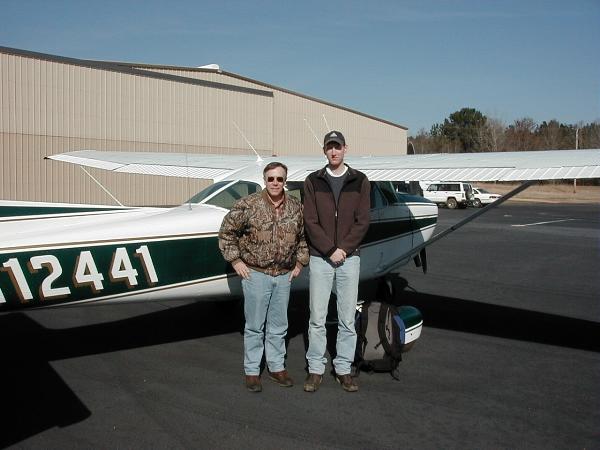
Dr. Rick Kaminski and graduate student Aaron Pearse prepare to fly an aerial survey to monitor waterfowl abundance in the Mississippi Alluvial Valley.
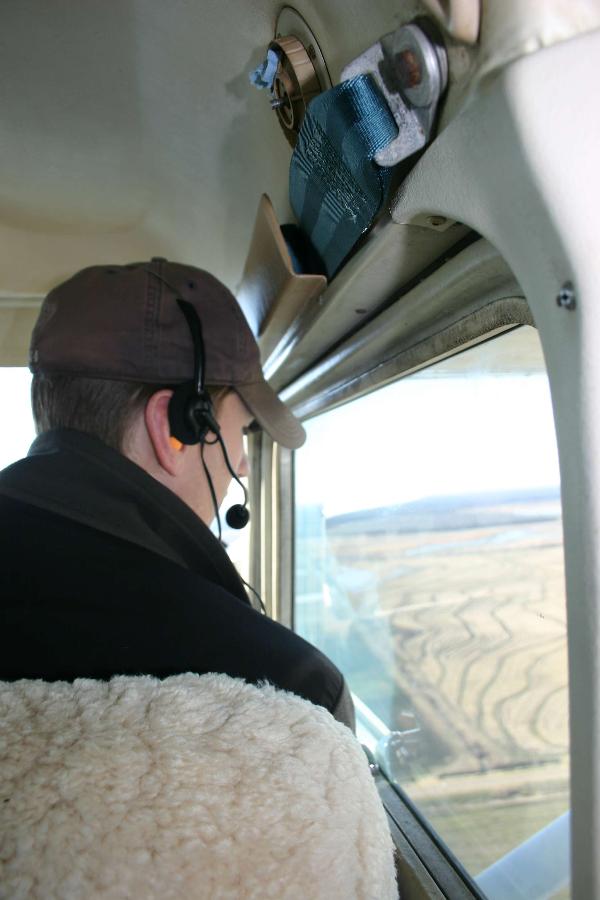
While in flight on an aerial survey, graduate student Aaron Pearse looks out the plane's window...

...and observes waterfowl below!
Pearse, A. T., S. J. Dinsmore, R. M. Kaminski, and K. J, Reinecke. 2008. Evaluation of an aerial survey to estimate abundance of wintering ducks in Mississippi. Journal of Wildlife Management 72:1413-1419. Download PDF
Pearse, A. T., P. D. Gerard, S. J. Dinsmore, R. M. Kaminski, and K. J, Reinecke. 2008. Estimation and correction of visibility bias in aerial surveys of wintering ducks. Journal of Wildlife Management 72:808-813. Download PDF
Pearse, A. T. 2007. Design, evaluation, and applications of an aerial survey to estimate abundance of wintering waterfowl in Mississippi. Dissertation, Mississippi State University. Download PDF
Funding for this project was provided by:
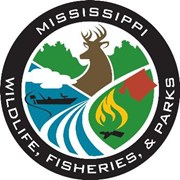 |
 |
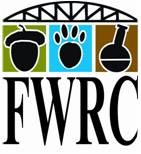 |
 |
 |
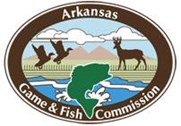 |
 |
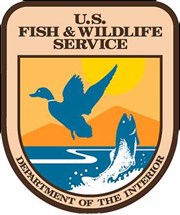 |









